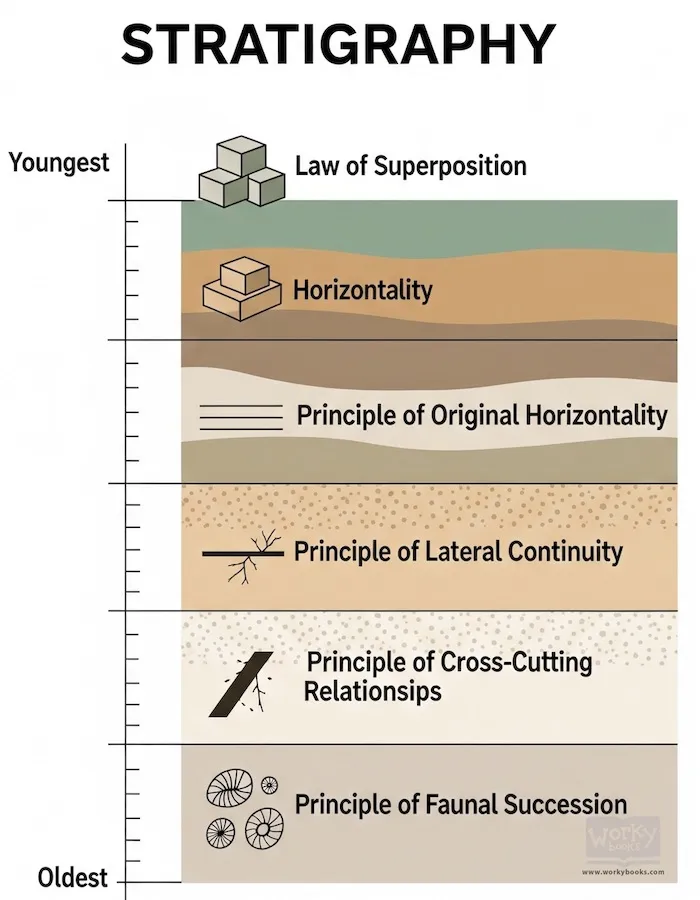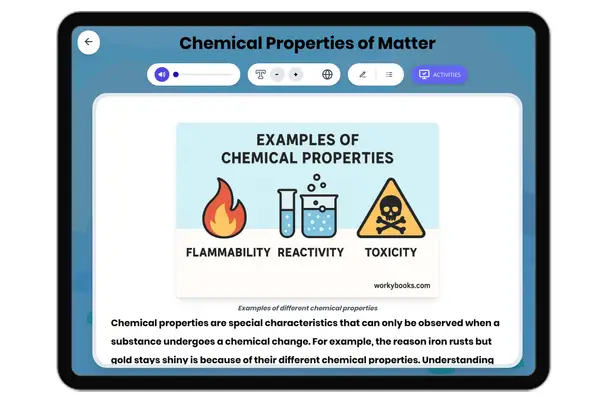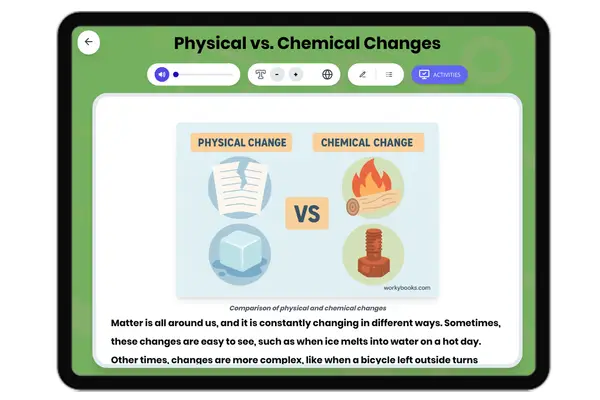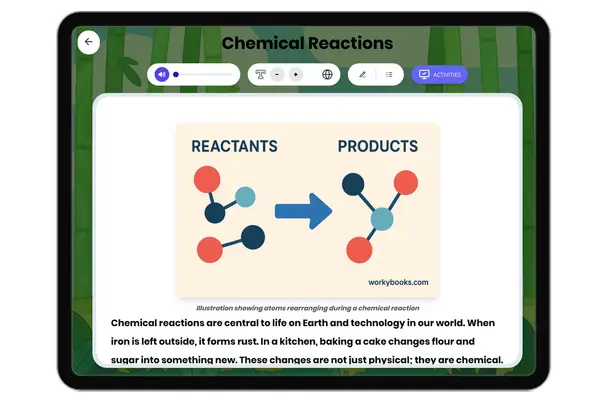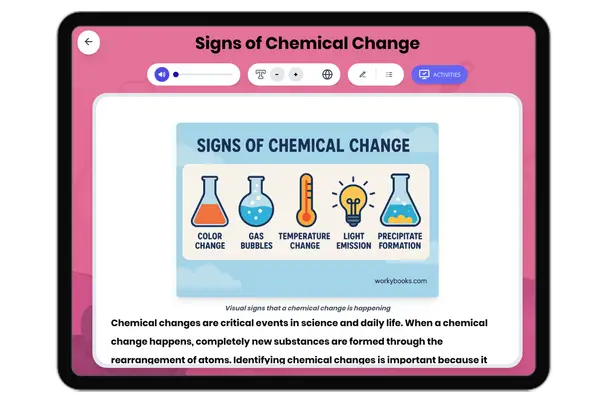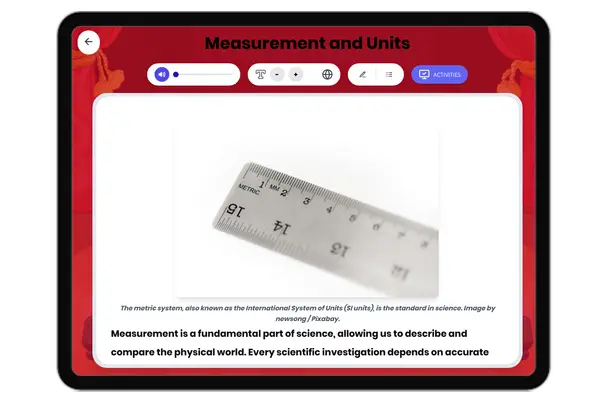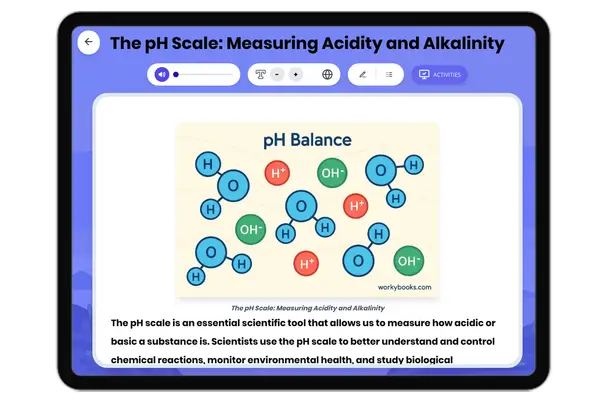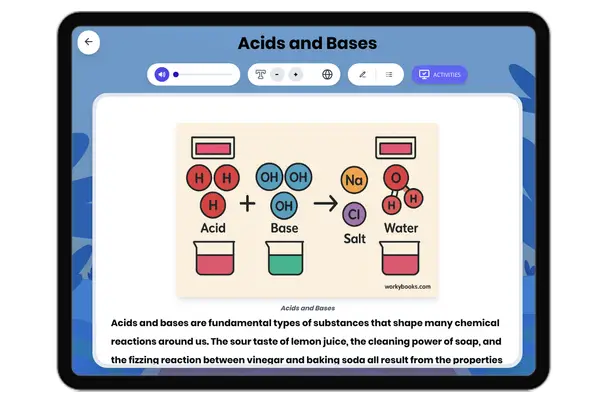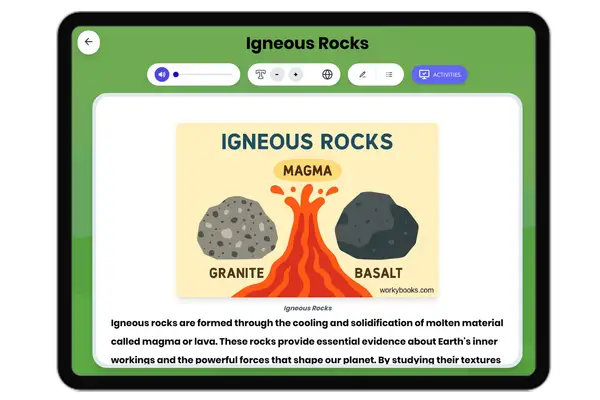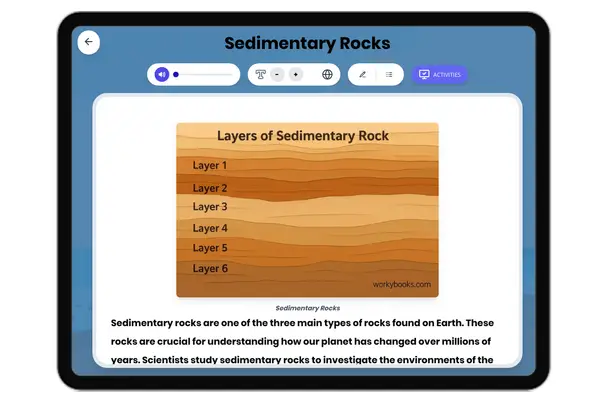Stratigraphy: Reading Earth's Layered History — Reading Comprehension
Grades
- 5
- 6
- 7
- 8
Standards
- MS-ESS2-1
- MS-PS1-2
- RST.6-8.3
PRINT+DIGITAL RESOURCE
This learning resource is available in interactive and printable formats. The interactive worksheet can be played online and assigned to students. The Printable PDF version can be downloaded and printed for completion by hand.
About This Reader
This passage explains stratigraphy as the study of rock layers to interpret Earth's history. Aligned with NGSS MS-ESS1-4 (Earth's history) and ESS2-3 (Earth's systems), it covers key principles like the Law of Superposition and Original Horizontality. The text details lithostratigraphy, biostratigraphy (fossil-based dating), and applications in paleontology/resource exploration. Examples include trilobite fossils and oil-bearing strata. Meets CCSS.ELA-LITERACY.RST.6-8.2 for analyzing scientific concepts and supports curriculum standards about geological time and sedimentary processes.
Perfect For:
👩🏫 Teachers
- • Reading comprehension practice
- • Auto-graded assessments
- • Literacy skill development
👨👩👧👦 Parents
- • Reading practice at home
- • Comprehension improvement
- • Educational reading time
🏠 Homeschoolers
- • Reading curriculum support
- • Independent reading practice
- • Progress monitoring
Reading Features:
📖
Reading Passage
Engaging fiction or nonfiction text
❓
Comprehension Quiz
Auto-graded questions
📊
Instant Feedback
Immediate results and scoring
📄
Printable Version
Download for offline reading
🔊
Read Aloud
Voice-over with word highlighting



